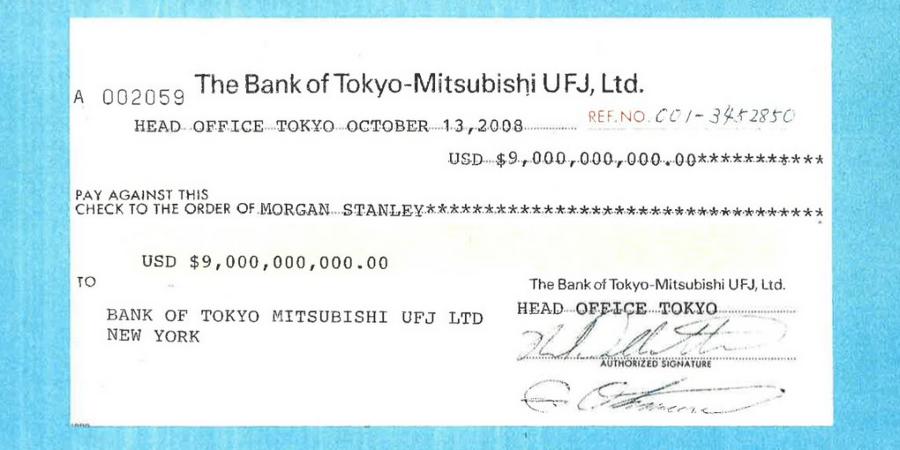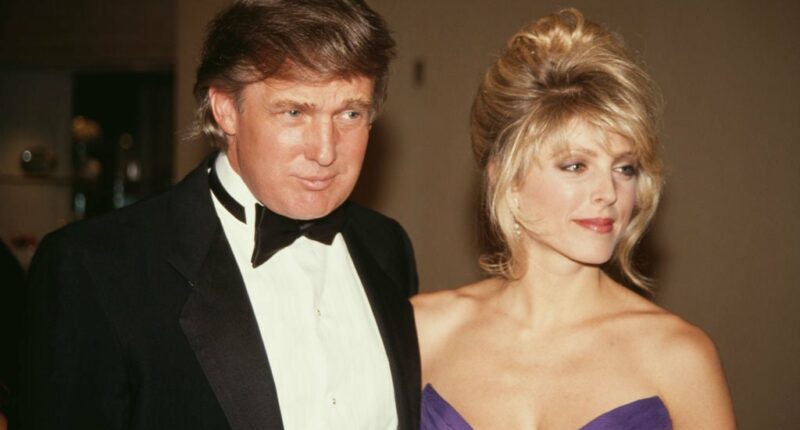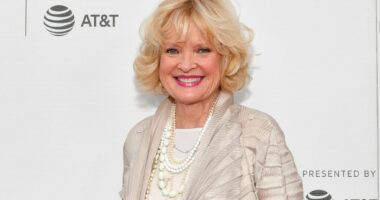Share this @internewscast.com
Imagine receiving a check for a mere 13 cents—would you even consider cashing it? Picture life before the convenience of mobile banking, where depositing a check meant physically going to the bank. This involved locating your keys, driving through traffic, finding a parking spot, standing in line, and filling out a deposit slip, all for the sake of adding a few pennies to your account balance.
Would the effort and cost, including gas and parking fees, be worth it? In almost every scenario, you’d end up spending more than you gained. Most people would likely chuckle, toss the check aside, or dismiss it as an insignificant error.
Now, envision this scenario with a twist: you’re not just anyone, but a wealthy celebrity or a billionaire business magnate. With access to private jets, luxury yachts, and vast real estate empires, surely such individuals wouldn’t bother with cashing a check for mere cents—right? Surprisingly, a couple of decades ago, Spy Magazine decided to conduct a humorous experiment to explore this very question.
First Test: $1.11
In the early 1990s, Spy magazine orchestrated a clever experiment. They invented a fictitious company named the National Refund Clearinghouse and sent out small refund checks to 58 of America’s wealthiest individuals. The letter accompanying the checks claimed they were due a refund from a supposed “computer error.” There was no hidden agenda, just an opportunity for a free, albeit small, amount of money—if the recipients chose to cash it.
The initial batch of checks was for $1.11. Hardly a windfall, yet not entirely negligible. The results were surprising: within two months, 26 of the 58 affluent recipients, including notable figures like Donald Trump, Michael Douglas, Faye Dunaway, Cher, and Kurt Vonnegut, cashed their checks. The remaining 32 ignored them, likely deeming the small sum unworthy of their attention.
But Spy Magazine wasn’t finished. They were determined to pinpoint the exact threshold at which a check becomes too insignificant for the wealthy to bother cashing.
How High Will They Go? Spy Raises The Stakes
To test the upper boundary of effort and incentive, Spy sent the 32 holdouts from the first experiment a second check worth $2.00. Six more celebrities caved. Richard Gere and Candice Bergen joined the experiment, proving that even a modest increase can tempt the wealthy.
Still unsatisfied, Spy escalated a third time, mailing $3.47 checks to the remaining holdouts. Two more celebrities finally deposited their refunds. At this point, Spy had learned how high the check needed to be to lure certain millionaires and billionaires into action. Now they wanted to test how low people would go.
How LOW Will They Go?
Spy returned to the 26 people who cashed the original $1.11 check and sent them new checks worth 64 cents. Only 13 of those celebrities deposited the tiny refund. Spy saved the best twist for last. Those 13 persistent penny collectors were mailed one final refund check worth just 13 cents.
And in the end, only two people cashed the final 13-cent check:
Two billionaires — one a New York real estate showman, the other a Saudi arms-trading tycoon — both willing to take the time to deposit a check worth less than the price of a gumball.
So what does all of this prove? On the surface, it’s just a silly stunt — a mischievous magazine sending pocket-change checks to rich people to see who takes the bait. But buried inside the joke is a strangely revealing truth. When it comes to money, even the ultra-wealthy aren’t always as different from the rest of us as you might think. Some ignore small windfalls without a second thought. Others cash everything, no matter how trivial, because money is money.
The Largest Check Ever Written?
Ok, that was the story of a fun experiment involving teeny tiny checks. Want to know the real-life story of the LARGEST check ever written in history? Click that link in the previous sentence for the full insane story. And btw, I’m not talking literally about the “largest” check as in its physical size, but the largest dollar amount that was ever printed on a check and deposited into a bank in real life to secure a transaction. Hint: it involved the 2008 financial crisis, and here’s what the actual check looked like:

(function() {
var _fbq = window._fbq || (window._fbq = []);
if (!_fbq.loaded) {
var fbds = document.createElement(‘script’);
fbds.async = true;
fbds.src=”
var s = document.getElementsByTagName(‘script’)[0];
s.parentNode.insertBefore(fbds, s);
_fbq.loaded = true;
}
_fbq.push([‘addPixelId’, ‘1471602713096627’]);
})();
window._fbq = window._fbq || [];
window._fbq.push([‘track’, ‘PixelInitialized’, {}]);





